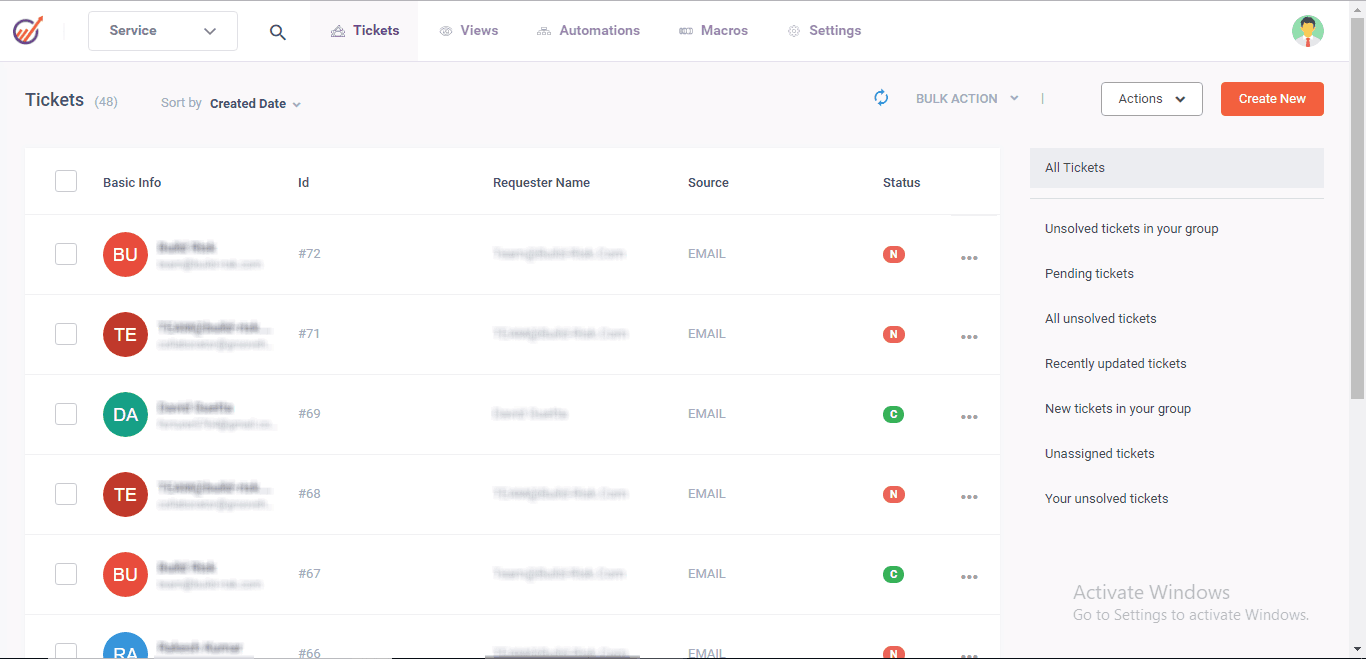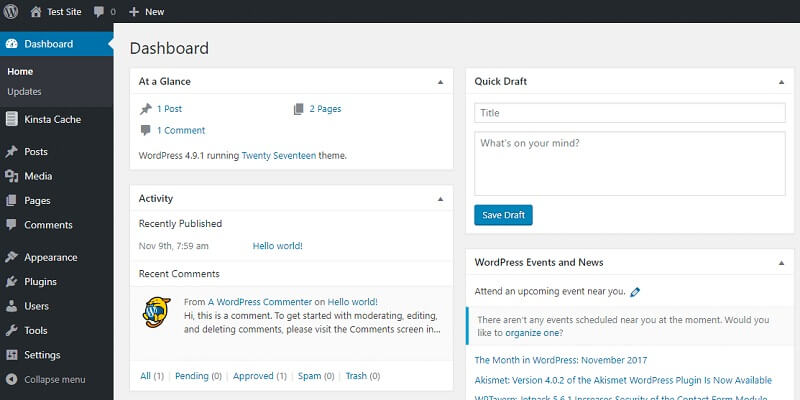Why it is worth to try Azure Migration? Get insight into why this move can pay off big time! Read about increased ROI, scalability, better security, and more as an added perk for trying Azure migration today!
Nowadays, companies are increasingly moving the data they have to cloud-based platforms. This is related to many factors. On the one hand, this is due to the lower costs associated with using this type of solution. On the other hand, this option favors remote or hybrid work, which is now more and more willingly chosen by both employers and employees.
Why It Is Worth To Try Azure Migration?
Trust Professionals
Due to the growing popularity of cloud technologies, the problem of data migration is becoming more and more common. It is a complex process that requires an appropriate approach to be successful and bring the expected results. Therefore, it is worth entrusting it to professionals who will be able to demonstrate extensive knowledge and skills in this field.
Working with Microsoft Azure
A popular cloud solution that allows you to migrate large volumes of data is Azure. It is a platform developed by Microsoft that provides mechanisms for both processing and storing data. Due to the changes that are currently taking place in the environment and ways of working, many companies are interested in migrating their data to Microsoft Azure.
Efficient and Low Cost Process
It is worth noting that the use of appropriate tools allows the data migration process to run more efficiently and to be associated with lower costs. In this context, the invaluable tool is Azure’s own cost calculator, which allows businesses to assess the financial implications of shifting their operations to the cloud. It can be used to scrutinize various transition scenarios, including the prospect of procuring entirely new physical infrastructure or embracing cloud solutions. In a span of just three months, such a solution can slash the client’s projected costs in half.
Outdated Infrastructure That Must Be Replaced
The decision to either replace or transition to cloud services becomes imperative when the original setup is a labyrinthine network of separate projects and infrastructures. Then, the outdated infrastructure can’t keep up with business growth, leading to inefficiencies.
Estimating The Costs
In estimating the costs, it is essential to ensure an apples-to-apples comparison between on-premise and cloud infrastructure. Azure features can be aligned with the client’s specific needs, avoiding unnecessary expenses and only incorporating Azure functionalities that are directly relevant. Before finalizing the cost estimates, it is also worth scrutinizing the client’s machine usage. Optimization of this aspect significantly impacts the cloud migration cost projections.
New Operational Scenarios
When Azure migration happens, new operational scenarios should be based on how the client’s environments were actually used. This involves scheduling when environments should be active and when they could be safely turned off to reduce costs. Additionally, website storage to minimize expenses should be optimized, as storage costs are incurred 24/7 even when virtual machines are inactive.
Providing Ongoing Support
Following the successful migration, the client may lack in-house expertise in Azure maintenance and usage analysis. Therefore it is important to provide ongoing support, set up alerts and instruct the client on infrastructure care to prevent cost overruns.
Time Frame of Azure Migration
The entire migration process, from cost analysis to implementation, spanned approximately a year. While it could be completed in a shorter time frame; the extended timeline ensures minimal disruption to the client’s operations, with developers and teams barely notice the migration’s impact on their daily work.



